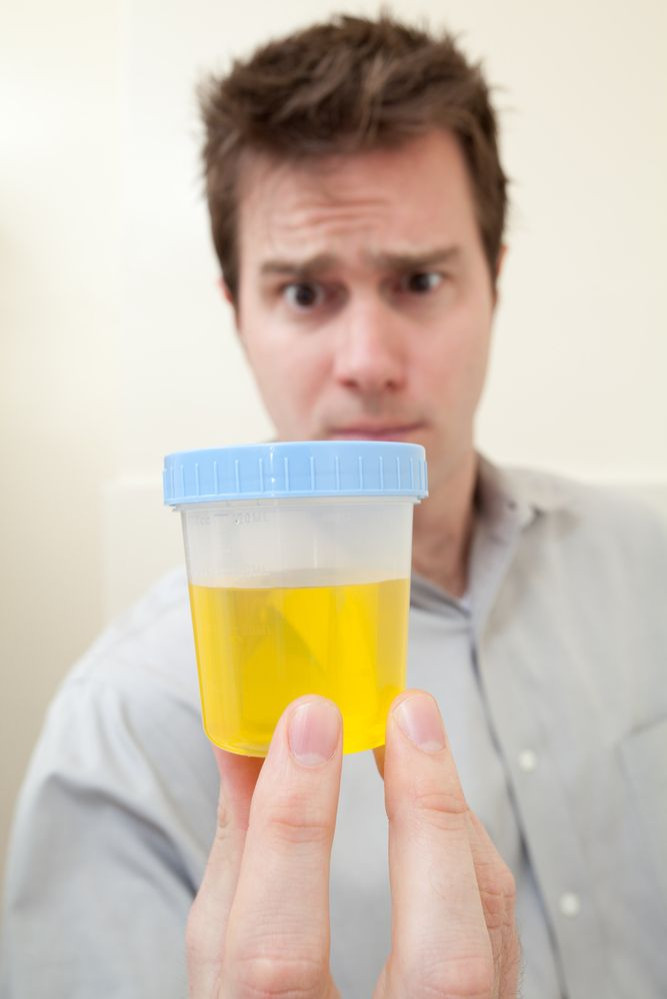Overactive Bladder May Be Linked To Bacteria In Urine

Urine may not be so sterile after all, a new study suggests. The American Society for Microbiology presented research in their annual meeting showing that bacteria in urine might be associated with an overactive bladder (OAB).
For years, doctors have believed that urine is sterile, giving anyone trapped in an emergency situation with no water the ability to drink it without getting sick. But the new research finds that women with OAB have a certain bacteria present in their urine. "The presence of certain bacteria in women with overactive bladder appear associated with OAB symptoms," said Evann Hilt, lead investigator and second-year master's student at Loyola University Chicago, in the press release.
OAB, which is also known as urinary incontinence, affects as many as 25 million adults in the U.S., according to the National Association for Continence, and about 75 to 80 percent of them are women. It’s characterized by the sudden, uncontrollable urge to urinate, and sometimes leaking, which is caused by the bladder’s inability to store urine.
For their study, the researchers looked at 90 women’s urine specimens with a technique known as expanded quantitative urine culture (EQUC), which was able to detect bacteria invisible to basic culture techniques. Their results revealed that the bacteria found in healthy women were different than women with OAB.
According to the researchers, 40 to 50 percent of women with OAB have had complications with treatment. Discovering unique bacteria in urine may aid in the discovery of new and more effective treatments for OAB sufferers. “If we determine that certain bacteria cause OAB symptoms, we may be able to better identify those at risk for this condition, and prevent or more effectively treat affected patients,” Hilt said in the release. "Further research is needed to determine if these bacterial differences are clinically relevant for the millions of women with OAB and the doctors who treat them.”
The researchers said that they are soon going to begin working on ways to determine how bladder bacteria are helpful and which ones may be harmful. They are also going to test how they interact with a person’s body in order to find a way to help patients become better.
Source: Hilt E. At The Annual Meeting Of The American Society for Microbiology. 2014.
Published by Medicaldaily.com



























